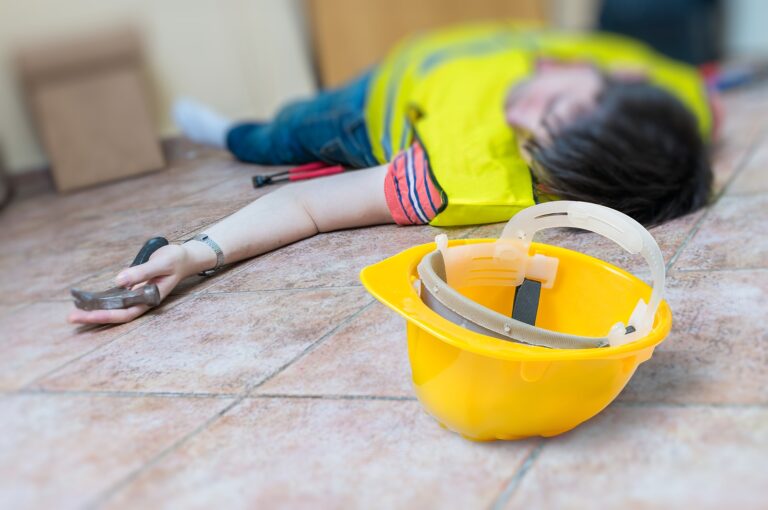What Types of Injuries Happen in Swimming Pools?
Many injuries can happen to someone in a swimming pool, whether private or public. This isn’t a complete list, but it provides an idea of the range.
- Broken bones or teeth
- Traumatic brain injuries (TBIs), which can include concussions
- Internal bleeding or organ damage
- Chemical burns
- Spinal cord injuries, including paralysis
- Electrocution
- Cuts and bruises
What Is Required to Successfully Pursue Claims for Swimming Pool Injuries in Texas?
This can be tricky, as not only does the victim have to prove negligence, but they also have to consider the pool’s ownership. In general, there are four aspects of negligence, all of which must be proven for the case to succeed.
- Duty of care. The pool’s owner was responsible for providing a safe environment for the victim. Texas law has specific requirements on this line, especially for publicly owned pools.
- Breach of the duty of care. The pool’s owner didn’t carry through on that responsibility.
- Causation. Because of the breach of duty of care, the victim was injured. They must be directly related (the negligence led to an accident that wouldn’t have happened if the pool’s owner hadn’t been negligent). This can be the most difficult aspect of negligence to prove.
- Damages. Because of the injury, the victim suffered damages, physical and financial (medical bills, lost wages, etc.).
Is There a Difference in Liability Between a Publicly Owned Pool and a Private One?
While the four aspects of negligence need to be proven regardless of who owns the pool, there are some differences in how they’re handled legally.
Public Pool
The owner of a public pool is expected to provide adequate protection for guests (legally known as licensees). That means having safety equipment or lifeguards available, keeping the pool adequately maintained, warnings regarding parts of the pool that are too shallow for diving, and adequate fencing to prevent children from easily accessing the pool without adult supervision.
Private Pool
Private pool owners also owe visitors a duty of care, but they aren’t held to as high a standard as public pool owners. However, private pool owners are still expected to warn guests of any potential dangers (no diving, etc.), have adult supervision whenever children use the pool, and have fencing or other barriers to keep uninvited people from accessing the pool.
Note that whether it’s publicly or privately owned, a pool should have a fence of at least four feet in height surrounding it.
What Is the Attractive Nuisance Doctrine?
This is a type of guidance for swimming pool owners, whether public or private. It’s largely concerned with protecting children from injuries or death in swimming pools, hot tubs, fountains, and fish ponds–places that might draw a curious or active child. Attractive nuisance expects pool owners to be aware of the following:
- A child is too young and/or immature to understand the potential danger of entering a swimming area uninvited.
- The property owners must realize that things like swimming pools could be attractive to a child, especially when the child doesn’t understand the danger.
- The property owners must then use caution and keep the pool area as secure as possible so children don’t enter uninvited. If the owners don’t exercise caution and a child enters and is injured, the property owners will be considered responsible.
What Are Some Factors That Can Indicate Negligence at a Swimming Pool?
There are many beyond the attractive nuisance issues being ignored.
- Low water levels
- Pool components or ladders that are missing or damaged
- No safety equipment easily available
- Inadequate pool cleaning and maintenance
- Broken glass on the pool deck
- For public pools, lack of lifeguards or enough lifeguards, or lifeguards that aren’t adequately trained
- For private pools, a lack of adult supervision when children are present or conditions that reduce the vigilance of the adult (for example, intoxication)
Does Texas’ Comparative Negligence Law Affect Swimming Pool Injuries?
It can. Texas’ comparative negligence law states that if an injury victim is found to be 51% or greater at fault for the accident that caused the injury, they can’t pursue claims against the pool’s owner. If they’re found to be 50% or less responsible, they can pursue claims, but the percentage of responsibility will reduce any awards made. For example, if the victim of a pool injury is found to be 30% responsible and is awarded $5,000, they’ll only receive $3,500. This is one reason it’s vital to work with an experienced personal injury attorney for cases like these. We’re here to do the work.
It is possible for the victim to be partly at fault. If they were under the influence of drugs or alcohol or swimming with no one else present, they might be found partly at fault. The exception to that is children under six who can’t be found negligent, and children 6-14 are held to different standards as adults.
What Should I Do if I Need Help Pursuing Damages for Injuries Suffered in a Swimming Pool?
Call The Alfred Firm as soon as possible at 713-489-1875 to request a free consultation. We understand how frightening and traumatic these injuries can be. We also know how complex and nuanced this personal injury case is. Our team of experienced, knowledgeable personal injury attorneys can guide you through the specifics of your case and determine what approach is best for pursuing damages. We do the work. Let us help you.

 Call Us Now
Call Us Now Email Us Now
Email Us Now


